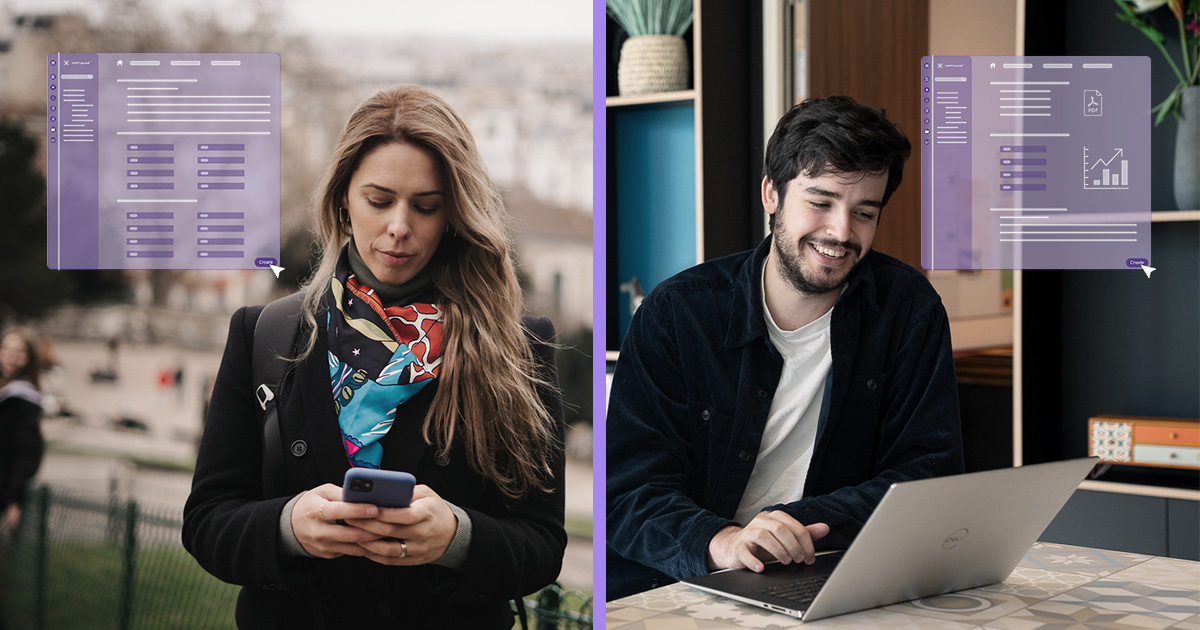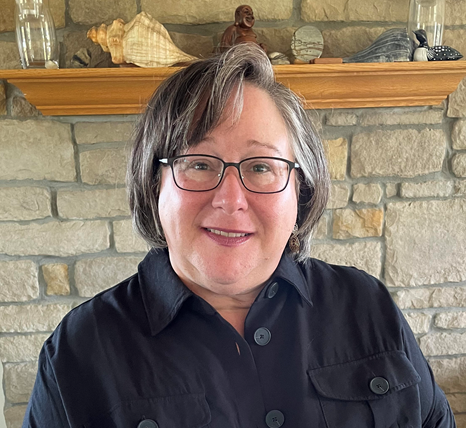
Cringe-Worthy Proposal Experiences Drive Innovation: The Chemical Spill
18.08.2022
-3 min

Software
LET'S TALK!
We offer software that makes you win big and ultimately gives you the work-life balance you deserve.

XaitPorter
Co-authoring and automation solution for complex documents

XaitCPQ
Quickly and accurately price combinations of interdependent products and services
XaitProposal
Guided proposal creation for comprehensive, winning proposals
XaitRFI
The smarter way to respond to RFIs, DDQs and security questionnaires
XaitWebProposal
The easiest way to create interactive and custom mini-websites

XaitAI
The X factor for analyzing and writing winning bids and proposals
Industry
OUR SOLUTIONS BY INDUSTRY
Do you have a question about your business vertical?
Resources
RESOURCES
Discover all our Xaiting resources!
About us
LET'S TALK
We can challenge mindsets and make significant changes to the way people interact

Cheryl Smith
18.08.2022
-3 min

Raise your hand if you’ve skipped a special occasion to work on a proposal. When I posed this question in my session at APMP BPC in May, everyone’s hand went up. One woman called out, “Graduation,” and another shouted out, “date night.” You are not alone. We all have these cringe-worthy proposal experiences. They are kind of like battle scars for the proposal team, right? We cringe together and laugh about them at happy hour.
What if I told you these cringe-worthy proposal experiences are also shared experiences? And research shows shared experiences, for example going to the movies with friends, increase our feeling of self-esteem and decrease our feelings of anxiety. They connect us, broaden our sense of purpose and build trust, helping us get through the good times and the bad.
The same is true at work. When we’re racing to get a proposal out the door, we forge a bond like no other. Together, we are capable of incredible things. And we know that together, we can do better.
If you missed my session, read the first in this series on how cringe-worthy proposal experiences helped me confront the norms – and how technology can change behaviors for efficiency.
I’ll set the scene for you. It’s 3 am and we’re in the war room working to submit. Our executive, who is hand-delivering, is asleep on the sofa in the lobby. With the sunrise we pack him and our proposal into the car and he heads for the client. As he hits the highway, there’s an accident, a chemical spill. Everyone is OK, but the area is cordoned off. He can’t get to us and we can’t get to him. Electronic submittal may have saved us, but it wasn’t an option. Luckily, we find a remote printer, submit and win.
We were exhausted and embarrassed. Our team of contributors was frustrated and disappointed. But it turns out sharing this cringe-worthy experience with the team helped us all cope with our feelings. And, when we did, we, well, we laughed. Turns out laughing together releases endorphins that provide feelings of happiness and a heightened sense of well-being. It makes us feel connected and actually shortens our path to connection. And when we connect, we can problem-solve.
How did we lose so much production time? When we talked with the team they said:
By sharing this cringe-worthy proposal experience, we discovered we were all experiencing the same problem. Having to touch every word, sentence, paragraph and page for every review and then submittal takes time away from writing and reviewing - and takes time from production we don’t have.
By separating the writing “layer” from the formatting “layer,” we divide and conquer; the proposal team focuses on the formatting and the contributors focus on the content. By establishing and automatically enforcing the formatting “layer” throughout development, we minimize reformatting tasks and give contributors more time to write and review.
Time savings is a big win here, but so is contributor focus. While proposal formatting is an eye-catching, visually appealing, and compliance necessity, it can also divide our writing attention. When we incorporate a formatting “layer” into our process, we help proposal contributors focus. Instead of changing fonts, indenting paragraphs, adding bullets and headings, they are using their mental bandwidth to focus on the task at hand; writing the content.
The moral of this cringe-worthy proposal story is this: whether it’s a paper or electronic submission, the team is always going to “borrow” time from production. By making production easier and less time-consuming we give contributors more time to work and the proposal team less production heartache.
Related article: Accelerate Proposals: Skip the Process Detours

Cheryl Smith
Cheryl Smith is our Senior Content Writer. She has additionally been writing and managing proposals since 1998. Shipley trained, she has helped establish proposal centers and advised on capture strategy, coached orals teams and lead marketing, communications and knowledge management programs. Cheryl is a graduate of The George Washington University with degrees in Theatre, Communications and Literature. When she’s not sharing her passion for work, she loves drawing, writing, cooking and exploring the Virginia woodlands with her husband, their dog Chase and the fuzzy guests they host for Rover.

